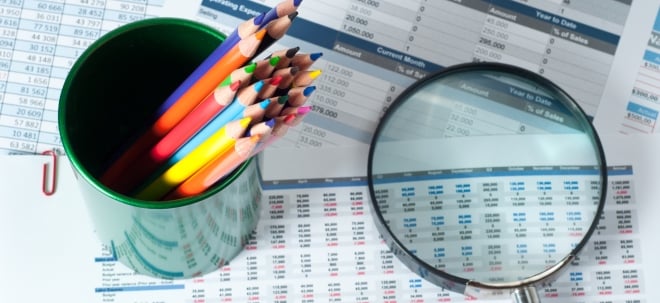Yukon legislators grill PwC over Eagle Gold cleanup
An equipment operator’s bulldozer was pulled into the landslide at Victoria Gold’s Eagle mine on June 24, 2024. Submitted photoA mine manager for the disaster-stricken Eagle mine in Canada’s Yukon Territory on Wednesday described for the legislative assembly the huge amount of work remaining in the cleanup effort.After the heap-leach pad slide at the Eagle mine last June, a pond began leaking and a containment berm was put up, but no engineer of record was involved, Michelle Grant, PricewaterhouseCoopers’ (PwC’s) senior vice-president told the Yukon Legislative Assembly. The mine’s Irosa Pond 2 remains leaky and can’t be repaired until it’s emptied of treated water, Grant told MLAs.“We continue to assess opportunities to monetize gold and other precious metals held within the waste and or water materials at the Eagle Gold mine,” Grant told legislators under oath, noting the on-site inventory still exceeds C$224 million even after impairment.New reverse-osmosis trailers treat mine water to meet federal standards for metal and diamond mining under the Fisheries Act. However, they still don’t meet the mine’s own licence limits. Grant confirmed there is no set date for full compliance. She also revealed that a safety berm built on Oct. 25 to contain slide debris went up without the proper engineering sign-off.In April, the Yukon government topped-up its receivership lending agreement with PwC, adding C$115 million through Sept. 30. This ensures there’s funding for site care and remediation into the next fiscal year. That brings to C$220 million the amount Yukon has authorized to PwC for the cleanup, after C$155 million was approved last year.The session followed Speaker Jeremy Harper’s threat of contempt proceedings last week after PwC declined to appear without a court order. PwC had given ministers and MLAs a detailed briefing on April 16 but insisted it would only testify if a judge required it.Last June’s pad collapse unleashed millions of tonnes of waste and at least 280,000 cubic metres of cyanide-containing solution beyond containment. It triggered Victoria Gold’s receivership and set off court fights over cleanup authority. In just a year, PwC has had to boost storage, speed up water treatment, secure new financing and prepare for a court-approved sale. PwC hired a safety expert to improve safety protocols and signs across the site, Grant said.MLAs probe for updatesLegislators zeroed in on water management and timetables. They pressed Grant on when the reverse-osmosis upgrade will meet discharge limits and how many of the temporary ponds still leak. They drilled into the Yukon’s $115 million top-up – asking what’s been spent so far and what comes next.Grant confirmed PwC has installed 400,000 cubic metres of temporary water storage and will add another 110,000 cubic metres by mid-May to limit untreated runoff.Through April 15, the receiver has spent $9.9 million on contracts with firms affiliated with the Nacho Nyäk Dän First Nation under its funding terms. PwC has kept 147 Victoria Gold employees on payroll, including four Nacho Nyäk Dän citizens and 50 Yukon residents.Mine sale processAn independent review board must file its findings by June 15 and publish them by June 30. PwC will apply to court on or before June 30 to approve its sale of the bankrupt company’s assets and investment-solicitation process so bidders can review that report.PwC took control on Aug. 14, 2024, and immediately repaired the 43-km access road to secure transport of chemicals and equipment. Victoria’s own cash-flow forecasts showed it would run out of funds by Nov. 2024 without emergency lending – underlining the receivership’s necessity, Grant explained.Weiter zum vollständigen Artikel bei Mining.com
Quelle: Mining.com


